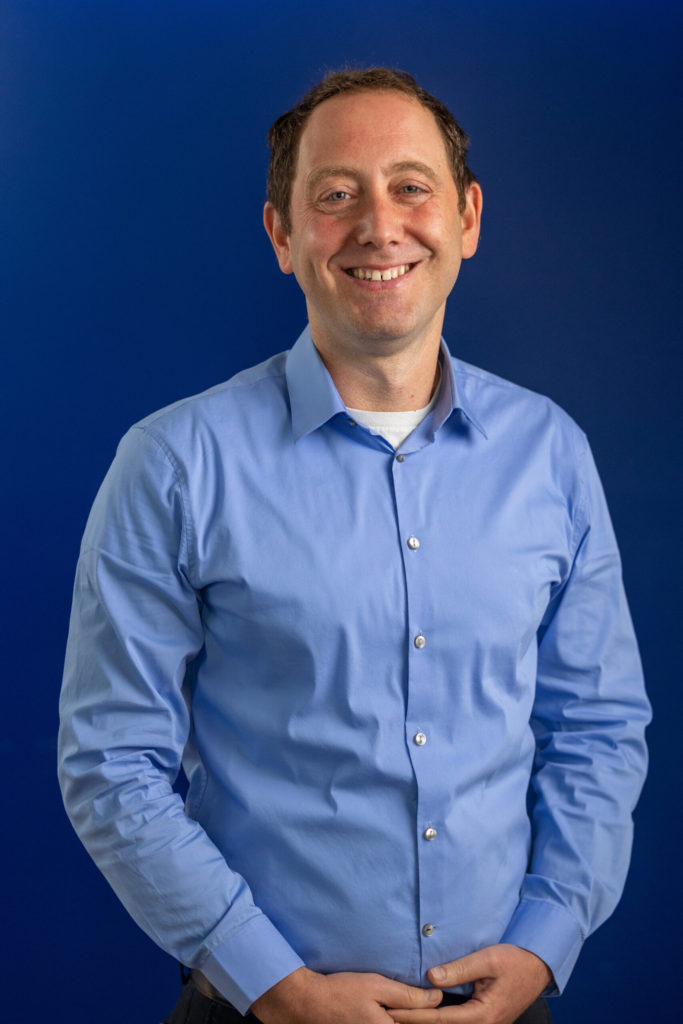
The alarm bells sounded when the U.S. Preventive Services Task Force ( USPSTF) put out guidance that all adults under age 65 be screened for anxiety, but not those over age 65.
So 15 million Americans will not be screened for a potentially devastating condition, left undiagnosed and overlooked for treatment with the effective tools currently available now – needlessly unable to live full, rich lives.
Similarly, in the future, they won’t sufficiently benefit from exciting research on new drugs, including the promise of psychedelics and treatments like TMS (transcranial magnetic stimulation).
This is a profound misinterpretation of a great deal of data.
Flaws in the definition of the threshold
The fundamental error behind the 65 cut-off appears to be this statement: “Anxiety disorders often have onset during childhood and adolescence. The prevalence of anxiety disorders decreases in the middle and older adult years and is lowest among adults aged 65 to 79 years.”
However, data dating back to pre-COVID times finds, “No recent estimates of the prevalence of anxiety disorders among adults in the US. In 2001-2004, an estimated 19.1 percent of adults had an anxiety disorder in the past year, according to the National Comorbidity Survey-Replication study.”
Sampling error aside, the cut-off ignores a great deal of literature, given the stressors on this cohort, including loneliness and social isolation, have been well-known for years.
This has increased since COVID. The International Journal of Geriatric Psychology notes: “One survey from July 2020 showed that 46% of adults 65 years and older felt that their mental health was negatively influenced by coronavirus‐related worries.”
And that, “Older adults are also more prone to anxiety at baseline, especially death anxiety,” The authors go on to say that,“…implementation of coping strategies and interventions may help safeguard this vulnerable group from psychological complications that impact quality of life and health span.”
Additionally, a detailed study in Nature identified an access gap:
“Older people, however, are more likely to have limited ability to access technology, As in-person intervention strategies during pandemics may be limited or impossible, the use of technologies, such as apps, may remain an important tool, albeit limited by the digital divide, thus potentially excluding significant numbers of particularly vulnerable older people.”
Ironically, the USPSTF recommendation notes that men are more than three times more likely to die from suicide than women, with men 65+ having the highest rates Not recommending screening for men 65 and over is data negligence.
Flaws in the data sample
The USPSTF acknowledges that their recommendation was limited to studies of people already meeting some kind of depression criteria.
That sampling error doesn’t affect the under-65 segment; they will automatically be screened. However, 65-plus individuals were ruled out because not enough of them met the threshold, despite their high likelihood of under-reported and/or undiagnosed symptoms.
This includes those living in care facilities. The Journal of Affective Disorders writes, “Little is known about anxiety in aged care populations, despite its increase in this frail population” finding that “While less than half of those with a threshold or subthreshold anxiety disorder had an indication of anxiety in their file, the majority received psychotropic medication.”
Lastly, the USPSTF report is silent on geriatric age anxiety and hypochondria, a serious problem. An article in the Clinical Psychology Review writes: “Health anxiety disorders are prevalent but more prevalent in older than younger adults.” It also states, “Existing research suggests that severe health anxiety has a late age of onset, perhaps because of comorbidity with physical health conditions that are more likely to occur with aging.”
Similarly, the American Psychiatric Association notes, “Many of the previously available measures of adult anxiety were not validated with older populations; those that had were inadequate in certain contexts. To remedy this, Pachana et al. (2007) created a reliable, valid and easy-to-use instrument for anxiety that is specifically targeted at older adults. The Geriatric Anxiety Inventory (GAI) consists of 20 “Agree/Disagree” items designed to assess typical common anxiety symptoms.”
The biggest flaw
Why have a threshold at all?
Although a standard way to reduce costs, given the overall economics of the 65+ population, this will hardly save anything material. To the contrary, treating anxiety/depression could actually reduce the cost burdens, because screening and treatment are relatively cheap, and screening itself is likely to create self-awareness of their situation, which can encourage earlier interventions.
To be fair to the USPSTF, perhaps they didn’t recognize current cost-effective interventions or believed the overall risk would outweigh the benefit.
While some screening is not recommended after a certain age – like a colonoscopy – due to risk/benefit analyses, anxiety and depression are different.
Yes, medication treatment does have risks for those 65+, given comorbidities that could lead to dizziness and falls. However, many proven, non-pharmacological treatments exist, including CBT and social engagement opportunities. Even medication risks are measurable and could be mitigated.
To summarize, dear USPSTF, please reconsider.
The need is there, the screening tool is there, the people and solutions are there as well. Eliminating those 65 plus is indefensible and must be reversed. The emotional and financial costs of not treating the aging population the same way we treat everyone else are incalculable.
About Afik Gal
Afik Gal is a physician and a co-founder of Assured Allies, an insurtech company on a mission to change the future of aging. Afik has spent over 20 years bringing innovative technological care management solutions to life across healthcare and insurance industries. Afik earned his MD from Ben-Gurion University in Israel and received an MBA from Duke University.
Prior to founding Assured Allies, Afik served as VP of Product Innovation at eviCore healthcare where he revolutionized prior authorization as a benefit to payers, providers, and patients. He also led the innovation lab at PwC’s healthcare advisory practice helping clients design and implement

